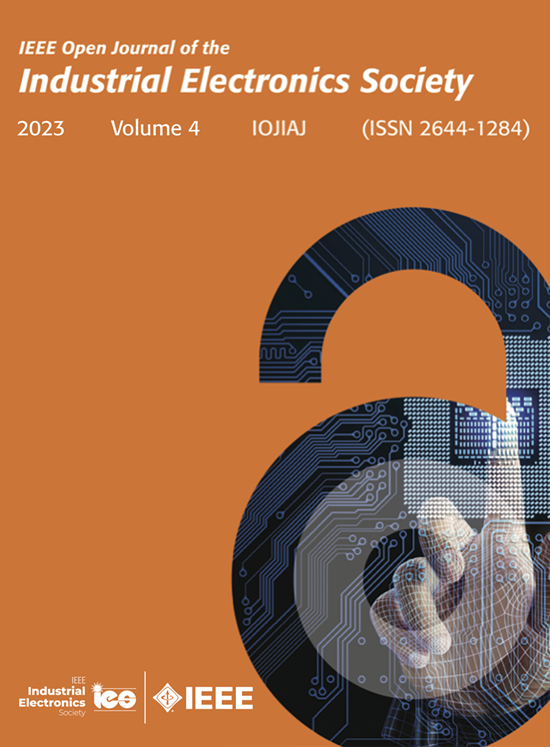Time-Efficient and Practical Design Method for Skewed PMSMs: Integrating Numerical Calculations With Limited 3-D-FEA
IF 4.3
Q1 ENGINEERING, ELECTRICAL & ELECTRONIC
IEEE Open Journal of the Industrial Electronics Society
Pub Date : 2025-08-15
DOI:10.1109/OJIES.2025.3599390
引用次数: 0
Abstract
This article proposes a time-efficient and practical design method for determining appropriate skew structures for permanent magnet synchronous motors (PMSMs). Various PMSMs use skew to suppress torque ripple, but 3-D finite element analysis (3-D-FEA) is required in order to accurately determine an appropriate structure for skewed PMSMs, resulting in a long analysis time. Therefore, this article constructs a hybrid analysis method that combines numerical calculations and minimal 3-D-FEA. The aim of this method is to be practical and easy to use, even for novice designers, and to accurately and quickly design skewed PMSMs. In this article, the effectiveness of the proposed method is clarified through several case studies, and then, a skewed PMSM designed using the proposed method is verified experimentally. It is also revealed that suppression of voltage harmonics contributes to improving the performance of PMSMs in experiments.倾斜永磁同步电机的高效实用设计方法:数值计算与有限三维有限元分析相结合
本文提出了一种既省时又实用的设计方法来确定永磁同步电动机的合适斜向结构。各种永磁同步电动机都采用偏转来抑制转矩脉动,但为了准确确定偏转永磁同步电动机的合适结构,需要进行三维有限元分析(3-D- fea),分析时间长。因此,本文构建了数值计算与最小三维有限元分析相结合的混合分析方法。这种方法的目的是实用和易于使用,即使是新手设计师,并准确和快速地设计偏斜pmms。本文通过实例验证了该方法的有效性,并对采用该方法设计的偏转永磁同步电机进行了实验验证。实验还表明,抑制电压谐波有助于提高永磁同步电机的性能。
本文章由计算机程序翻译,如有差异,请以英文原文为准。
求助全文
约1分钟内获得全文
求助全文
来源期刊

IEEE Open Journal of the Industrial Electronics Society
ENGINEERING, ELECTRICAL & ELECTRONIC-
CiteScore
10.80
自引率
2.40%
发文量
33
审稿时长
12 weeks
期刊介绍:
The IEEE Open Journal of the Industrial Electronics Society is dedicated to advancing information-intensive, knowledge-based automation, and digitalization, aiming to enhance various industrial and infrastructural ecosystems including energy, mobility, health, and home/building infrastructure. Encompassing a range of techniques leveraging data and information acquisition, analysis, manipulation, and distribution, the journal strives to achieve greater flexibility, efficiency, effectiveness, reliability, and security within digitalized and networked environments.
Our scope provides a platform for discourse and dissemination of the latest developments in numerous research and innovation areas. These include electrical components and systems, smart grids, industrial cyber-physical systems, motion control, robotics and mechatronics, sensors and actuators, factory and building communication and automation, industrial digitalization, flexible and reconfigurable manufacturing, assistant systems, industrial applications of artificial intelligence and data science, as well as the implementation of machine learning, artificial neural networks, and fuzzy logic. Additionally, we explore human factors in digitalized and networked ecosystems. Join us in exploring and shaping the future of industrial electronics and digitalization.
 求助内容:
求助内容: 应助结果提醒方式:
应助结果提醒方式:


